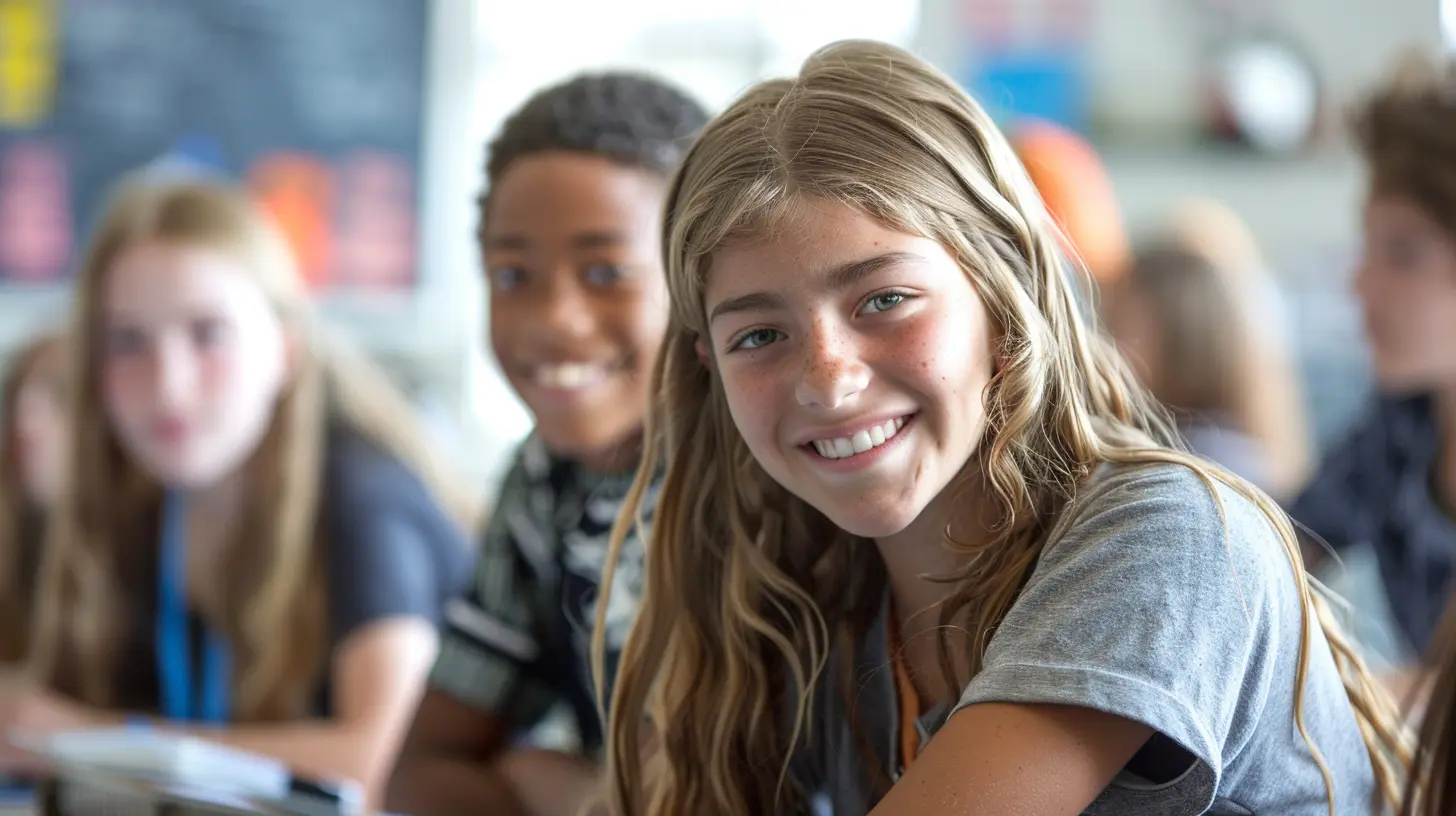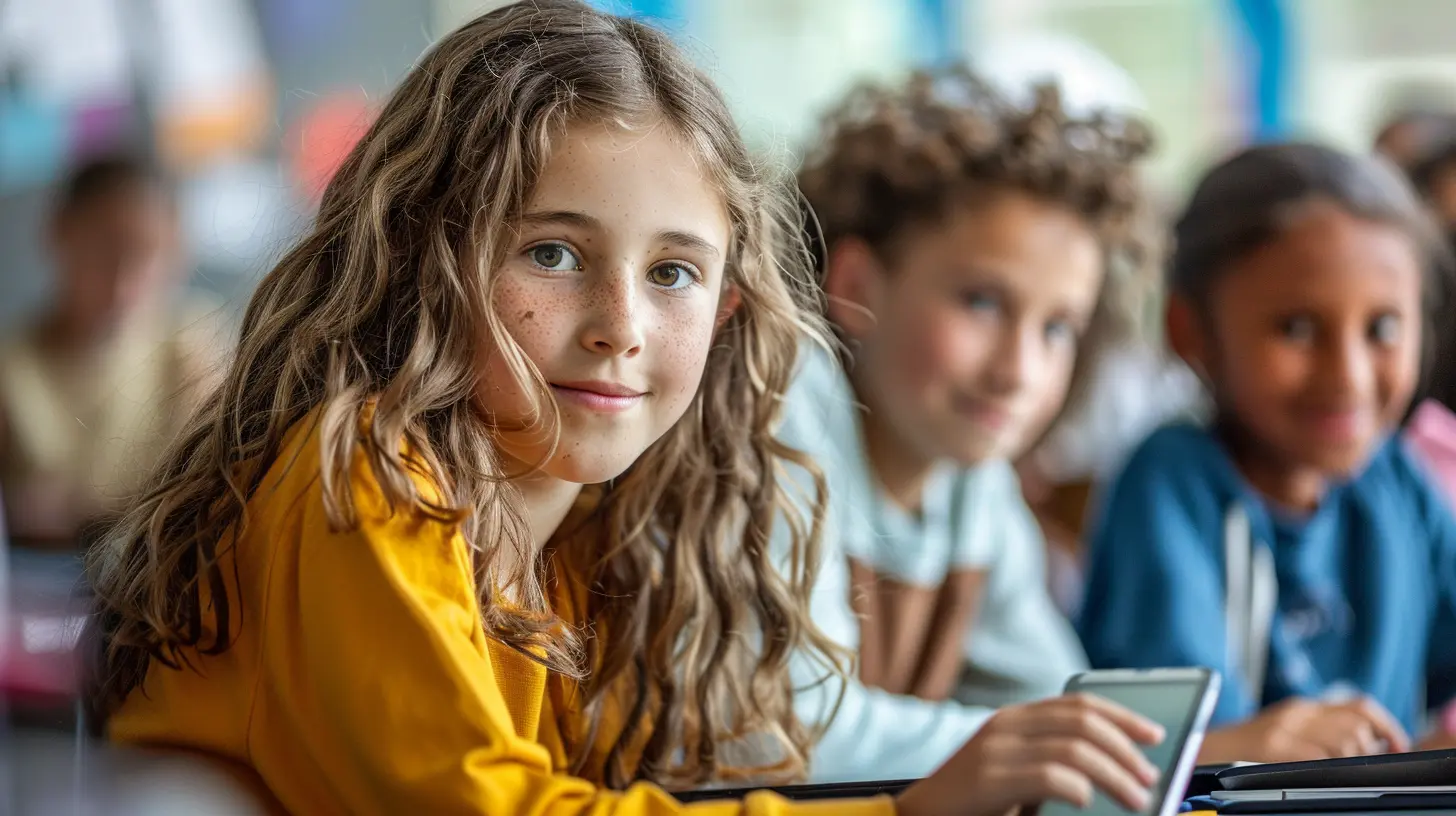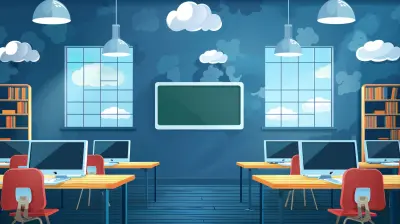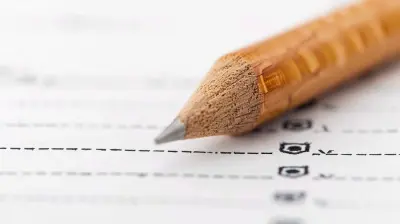Enhancing Student Collaboration in a Flipped Classroom Setting
9 October 2025
Introduction
Ever wondered why traditional classroom learning often feels dull and ineffective? Well, it’s because students spend most of their time passively listening to lectures instead of actively engaging with the material. That’s where the flipped classroom model comes in!
In a flipped classroom, students learn foundational concepts at home—through videos, readings, or interactive modules—before coming to class. This way, class time is used for discussions, problem-solving, and hands-on activities. But here’s the catch: for this method to truly succeed, student collaboration is key.
So, how do we enhance collaboration in a flipped classroom environment? Let’s dive in! 
Why Student Collaboration Matters in a Flipped Classroom
Collaboration isn’t just a buzzword—it’s the backbone of effective learning in a flipped classroom. When students work together, they:- Retain information better – Discussing concepts with peers reinforces learning.
- Develop problem-solving skills – Group activities encourage critical thinking.
- Improve communication skills – Sharing ideas helps students articulate thoughts effectively.
- Build a sense of community – Learning becomes more enjoyable when done together.
But simply putting students in groups won’t magically create collaboration. We need strategies to foster genuine teamwork. 
1. Create a Collaborative Classroom Culture
Before diving into fancy tools and techniques, start with classroom culture. If students don’t feel comfortable sharing ideas, they won’t engage in meaningful collaboration.Encourage Open Communication
Make it clear that every voice matters. Let students know there are no “dumb” questions—only opportunities to learn.Foster Peer Support
Encourage students to help one another. Pairing a confident student with someone who needs a bit more guidance can create a win-win situation.Recognize Contributions
A simple “Great point, Sarah!” or “That’s an interesting perspective, Jake!” makes students feel valued. Positive reinforcement fuels engagement.
2. Structure Group Activities for Maximum Engagement
Collaboration fails when group activities lack clear structure. Without proper guidance, students either divide tasks and work individually (defeating the purpose) or simply don’t contribute equally.Assign Clear Roles
Give students specific roles in group work:- The Facilitator – Keeps the group on track.
- The Researcher – Gathers relevant information.
- The Presenter – Shares the group’s findings with the class.
- The Recorder – Takes notes on key insights.
Use Think-Pair-Share
A simple yet effective collaboration technique:1. Think – Students reflect on a question individually.
2. Pair – They discuss thoughts with a partner.
3. Share – They present insights to the class.
This method keeps everyone engaged, not just the loudest students.
Break Down Larger Tasks
Instead of saying, “Complete this project,” break it into bite-sized steps. This prevents overwhelming students and ensures each person contributes meaningfully.
3. Leverage Technology to Boost Collaboration
Technology makes flipped classrooms even more interactive and engaging. The right tools can connect students and enhance teamwork.Use Collaborative Digital Platforms
- Google Docs/Slides – Perfect for real-time editing and brainstorming.- Padlet – A virtual board where students can post ideas, images, and links.
- Trello – Helps organize tasks and track progress in group projects.
Implement Discussion Forums
- Flipgrid – Students record video responses, promoting asynchronous discussions.- Edmodo – A social learning platform for class discussions.
Gamify the Experience
Introduce game-based learning to make collaboration fun. Platforms like Kahoot!, Quizizz, or Nearpod encourage teamwork through engaging quizzes and challenges.4. Encourage Peer Teaching
Ever heard the phrase “the best way to learn is to teach”? That’s exactly why peer teaching works wonders in a flipped classroom!Student-Led Mini-Lessons
Assign students small topics and let them teach each other. Not only does this boost confidence, but it also reinforces understanding.Peer Review Sessions
Before submitting assignments, students can review each other’s work. This helps them catch mistakes and learn new perspectives.Teach-Back Strategy
After a lesson, ask students, “How would you explain this to a friend?” If they can teach it in simple terms, they’ve truly grasped the concept.5. Make Collaboration Fun!
Let’s be honest—students won’t engage if it feels like a chore. So, why not inject fun into the process?Use Role-Playing Scenarios
Transform group discussions into real-world scenarios. For example, if they’re studying history, let them reenact historical debates.Organize Escape Room Challenges
Set up a learning-based escape room where students solve problems through teamwork. This fosters critical thinking, problem-solving, and—most importantly—collaboration!Host Team-Based Competitions
Split the class into teams and reward collaborative efforts. Small incentives like extra credit or a class leaderboard motivate students to work together.6. Reflect and Improve
Collaboration isn’t one-size-fits-all. After group activities, take time to reflect and adjust strategies based on student feedback.Conduct Self and Peer Evaluations
Let students assess their own contributions and that of their peers. Ask:- “Did everyone contribute equally?”
- “What challenges did we face?”
- “How can we improve next time?”
Gather Anonymous Feedback
Use Google Forms or Mentimeter polls to collect honest feedback about classroom collaboration.Experiment and Adapt
Not every strategy will work for every class. Stay flexible, try new techniques, and refine what works best for your students.Final Thoughts
A flipped classroom thrives on collaboration. Without active student engagement, it’s just another homework-heavy learning model. By fostering open communication, structuring group activities, leveraging technology, encouraging peer teaching, adding elements of fun, and continuously improving, we can create an environment where students learn together, grow together, and succeed together.So, are you ready to flip your classroom into a hub of collaboration? Let’s make learning interactive, engaging, and, most importantly, fun!
all images in this post were generated using AI tools
Category:
Flipped ClassroomAuthor:

Eva Barker
Discussion
rate this article
1 comments
Ashley McConnell
True collaboration not only enhances learning but cultivates empathy, essential for future societal contributions.
October 25, 2025 at 2:55 AM

Eva Barker
Thank you for your insightful comment! I completely agree—collaboration not only boosts learning outcomes but also fosters the empathy necessary for students to thrive in society.


